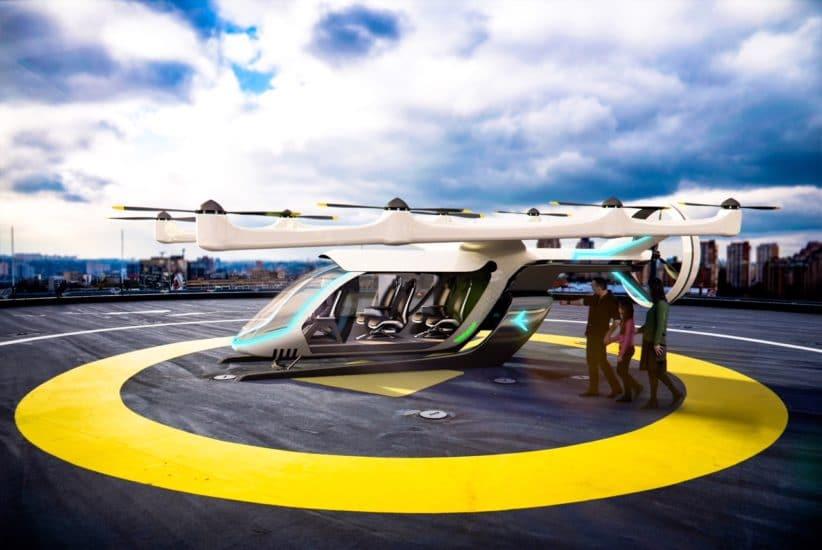Home » Manufacturers »
Embraer Plans for Flying Cars

Embraer the Brazil-based jet maker, recently published “Flight Plan 2030.” This white paper outlines its plans for air traffic management for urban air mobility. In other words, its plans for vertical take-off and landing vehicles (VTOLs), commonly known as flying cars.
“Flight Plan 2030 presents what we believe are the necessary first steps toward autonomous capabilities,” said Antonio Campello, president and CEO of EmbraerX, Embraer’s innovation division.
The white paper was published with Embraer’s subsidiary, Atech, which develops air traffic control systems, and Harris Corporation, a producer of communications systems, electronic systems, and space and intelligence systems.
The plan outlines an urban air traffic management (UATM) system to address ways to manage the low-altitude skyways that flying cars will likely use. The plan also covers how governments worldwide can integrate flying cars into communities.
Urban Air Traffic Management for the Coming Decade
UATM has two foundational services, according to Embraer, airspace and procedure design and information exchange. UATM’s four operational services include flight authorization, flow management, dynamic airspace management, and conformance monitoring.
The paper addresses these issues for communities to consider as they plan real estate and transportation infrastructure in the coming decade.
Skyports or vertiports will need to be built for VTOLs. VTOLs will be electric or hydrogen-powered, so fueling or recharging services will be needed. Passenger booking and ticketing systems will also be needed.
Experts predict that by 2035, about 4,000 VTOLs will give 55,000 daily low-altitude air taxi flights. Because of this, air traffic management systems will grapple with new demands. Embraer predicts these demands will be managed by a single UATM service provider in each city.
Central to these UATMs will be data, and lots of it. Data will be shared between aircraft sensors, weather sensors, pilots, skyport operators, and unmanned aircraft systems (UAS, or drones).
An automated information exchange system will give flight operators routes within minutes of their applying for take-off permission. This automated system will keep them informed of traffic conditions en route.
Automatic dependent surveillance broadcast (ADS-B) technology will enable vehicle tracking accurate to within one meter. Advanced software and 5G communications will give current weather conditions.
These systems will facilitate commercial air traffic, medical emergency traffic, and the ability to quickly reclaim air space in case of an emergency.
Embraer is developing air traffic management software systems to provide solutions to these challenges.


